Part Analysis
| General Data | |
| Manufacturer (OEM) | CWT |
| PCB Type | Double-Sided |
| Primary Side | |
| Transient Filter | 6x Y caps, 3x X caps, 2x CM chokes, 1x MOV |
| Inrush Protection | 2x NTC Thermistor SCK-075 (7 Ohm) & Relay |
| Bridge Rectifier |
2x Shindengen LL25XB60 (600V, 25A @ 113°C)
|
| APFC MOSFETs |
2x Infineon IPW60R099P6 (600V, 24A @ 100°C, Rds(on): 0.099Ohm)
|
| APFC Boost Diode |
2x Infineon IDH08G65C6 (650V, 8A @ 145°C)
|
| Bulk Cap(s) | |
| APFC Cut-Off |
Sync Power SPN5003 (reducing no-load consumption)
|
| Main Switchers |
4x Alpha & Omega AOTF29S50 (600V, 18A @ 100°C, Rds(on): 0.15Ohm)
|
| Digital Controllers | 2x Texas Instruments UCD3138A |
| MCU |
Microchip PIC32MM0064GPM036
|
| IC Driver | 2x Silicon Labs Si8233BD |
| Topology | Primary side: Digital, Interleaved PFC, Full-Bridge & LLC Resonant Converter Secondary side: [12V] Synchronous Rectification & [Minor Rails] DC-DC converters |
| Secondary Side | |
| +12V MOSFETs | 8x Infineon BSC014N06NS (40V, 182A @ 100°C, Rds(on): 1.45mOhm) |
| 5V & 3.3V | DC-DC Converters: 6x UBIQ Semi QN3107M6N (30V, 70A @ 100°C, Rds(on): 2.6mOhm) PWM Controller(s): UPI-Semi uP3861P |
| Filtering Capacitors | Electrolytic: 6x Nippon Chemi-Con (@ 105°C, W) 2x Rubycon (6-10,000h @ 105°C, ZLH), Nichicon (5-6,000 @ 105°C, HV(M)) Polymer: 7x Nippon Chemi-con, 29x FPCAP |
| Supervisor IC | Weltrend WT7502R (OVP, UVP, SCP, PG) |
| Fan Controller / Micro Controller | Microchip PIC32MM0064GPM036 |
| Fan Model | Corsair NR140P (140mm, 12V, 0.22A, Fluid Dynamic Bearing Fan) |
| 5VSB Circuit | |
| Synchronous Rectification IC |
Leadtrend LD8926AA1
|
| Standby PWM Controller |
On-Bright OB2365T
|
First of all, the 1200W and 1500W HXi Shift models use a different platform from their 1000W sibling. CWT provides the platform, which is semi-digital since the primary side and part of the secondary are handled by digital controllers. Only the minor rails and 5VSB use analog controllers; otherwise, this platform would be fully digital. While the HX1000i uses a half-bridge topology on its primary side, the higher-end models use a full-bridge topology, which is better suited to high-power output. The heatsinks on the primary side are large enough for a modern, efficient platform, while those on the secondary side are tiny. CWT typically uses small heatsinks on the secondary sides of its high-end implementations to lower production costs and save valuable PCB space.
The build quality is high overall, as expected in such an expensive PSU. All parts are high-quality, including Infineon FETs and Japanese capacitors from Chemi-Con and Rubycon. The cooling fan is also the typical NR140P, using a fluid dynamic bearing. Although CWT started producing its own fans, Corsair still wants even higher performance and quality.
Compared to the HX1200i, the Shift model’s design is clearly different, which makes sense given the modular panel’s shift. Still, many of the same parts are used, including the digital controllers and the MCU.
The transient filtering stage contains all the necessary components to block both incoming and outgoing EMI emissions. Typically, it starts at the AC receptacle and continues on the main PCB.
There is an MOV to protect from voltage surges and two NTC thermistors with a combined resistance of 14 ohms. Moreover, a bypass relay supports the NTC thermistors.
The two Shindengen LL25XB60 parallel bridge rectifiers can handle up to 50A together.
To reduce vampire power, CWT uses a Sync Power SPN5003 IC, which essentially cuts off the APFC converter when only the standby circuit is active.
The interleaved APFC converter uses two Infineon IPW60R099P6 FETs and two Infineon IDH08G65C6 boost diodes. Nippon Chemi-Con and Rubycon manufacture the bulk capacitors. Their combined capacity is 1410 μF, and both are rated for 2,000 hours at 105 °C. The voltage rating is 420V, which is higher than the APFC’s DC bus voltage (approximately 380-400V DC).
A pair of digital controllers handles the APFC, the primary switching, and the 12V FETs. We would have a fully digital platform if digital controllers also dealt with the minor rails. The PSU’s brain is a Microchip PIC32MM0064GPM036 MCU, which also handles communication between the system and the PSU’s circuits.
Four Alpha & Omega AOTF29S50 primary-switching FETs are used in a full-bridge topology, and an LLC resonant converter is employed for enhanced efficiency. The main FET drivers are a pair of Silicon Labs Si8233BDs.
The PSU’s main parallel transformers. Their main function is to isolate the primary and secondary sides electrically.
Eight Infineon BSC014N06NS FETs regulate the 12V rail.
Two DC-DC converters generate the minor rails. They use six UBIQ Semi QN3107M6N FETs. The PWM controller is a UPI-Semi uP3861P.
Chemi-Con and Rubycon provide the electrolytic capacitors. FPCAP and Chemi-Con make the polymer capacitors.
You can find more information about capacitor performance and other specs below:
The standby PWM controller is an On-Bright OB2365T.
The supervisor IC is a Weltrend WT7502R (OVP, UVP, SCP, PG).
Several polymer caps at the face of the modular panel form an extra ripple-filtering layer.
The soldering quality is decent. There are some enhanced PCB traces also, to handle high currents without increased losses.
The cooling fan is a Corsair NR140P with a fluid-dynamic bearing.
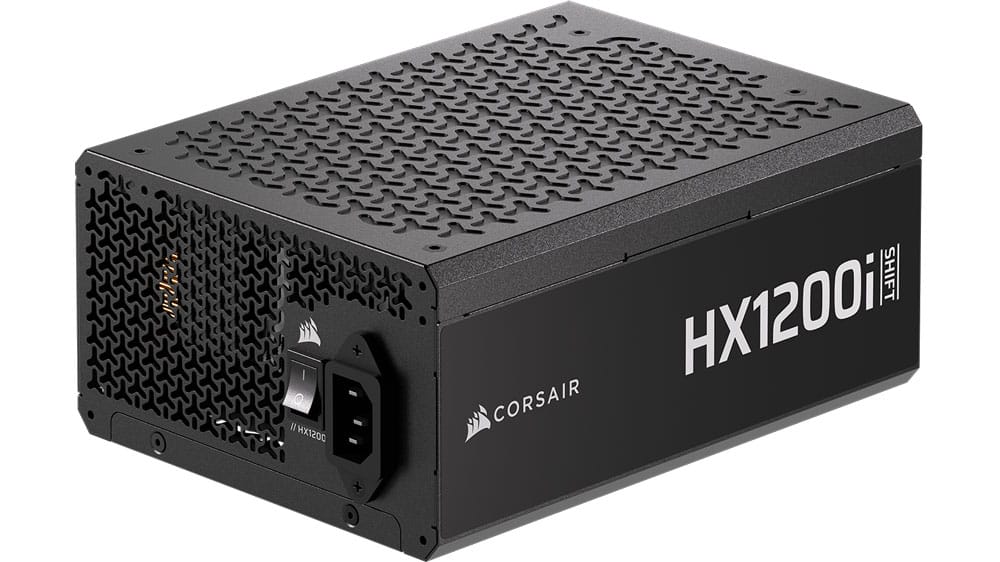
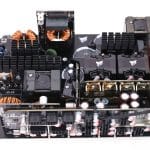
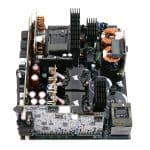
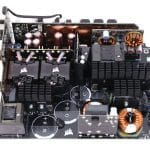
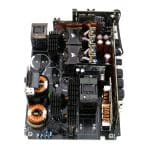
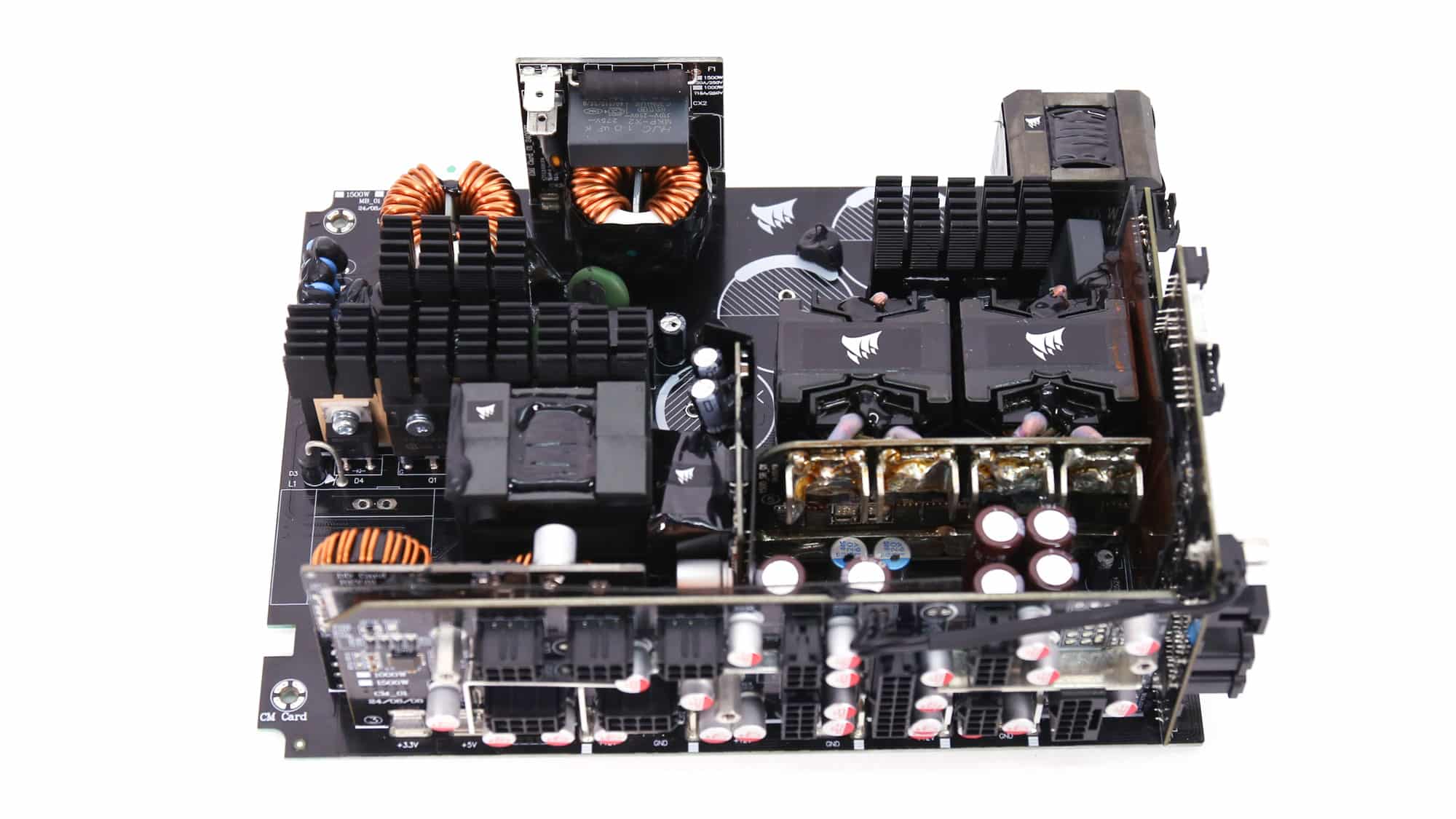

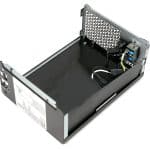
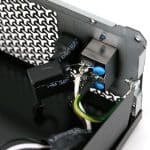
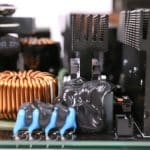
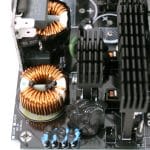
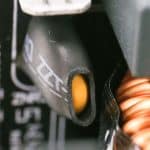
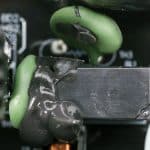
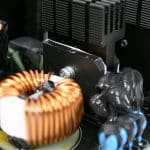
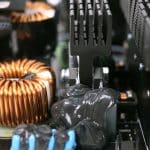
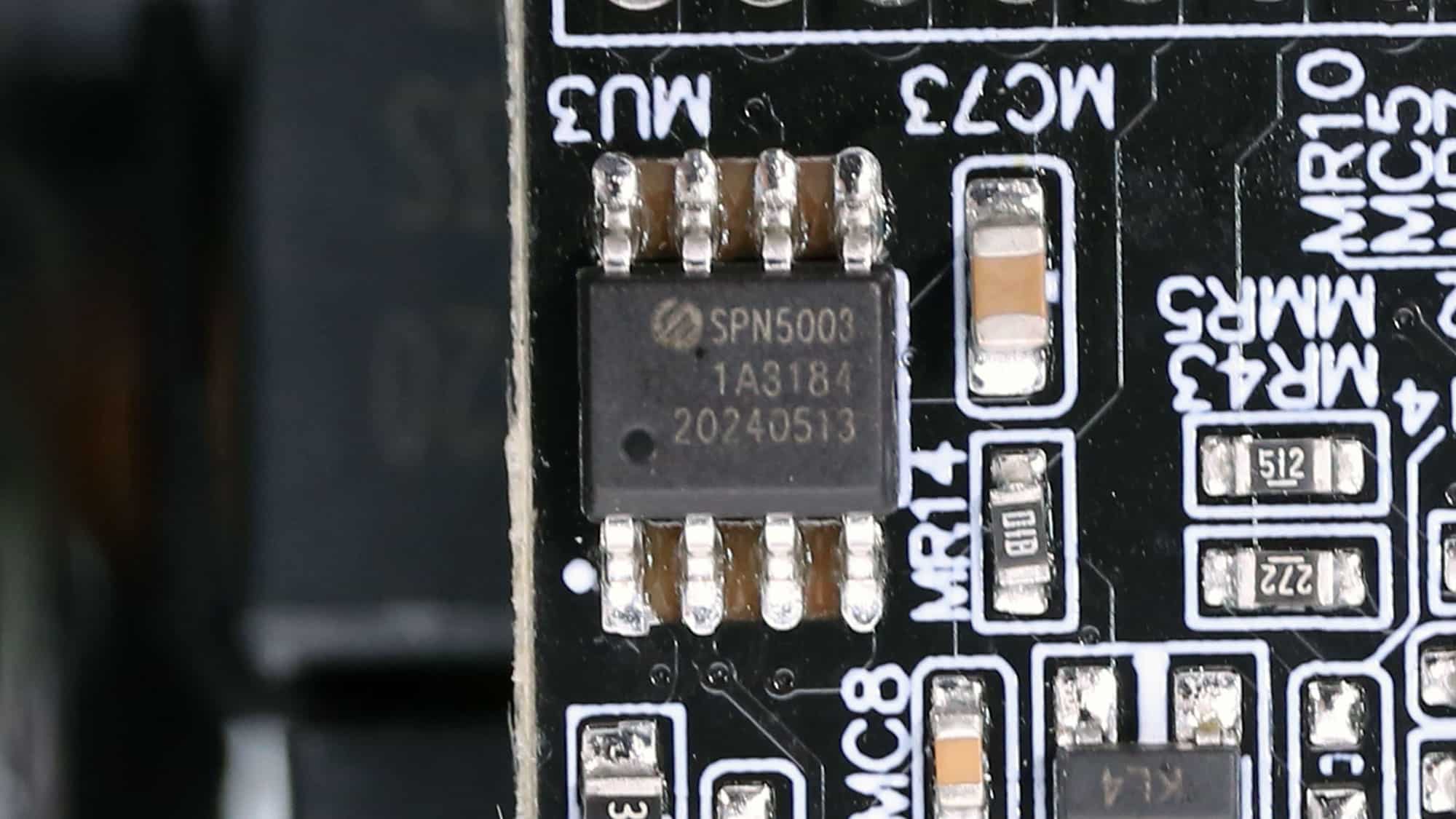
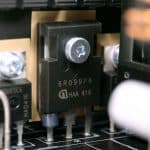
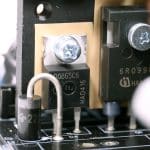
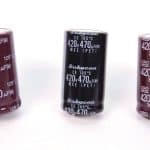
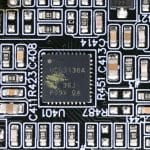
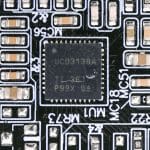
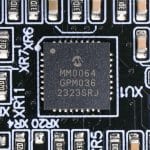
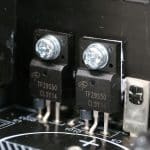
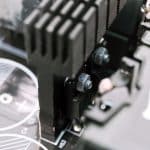
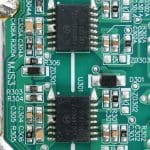
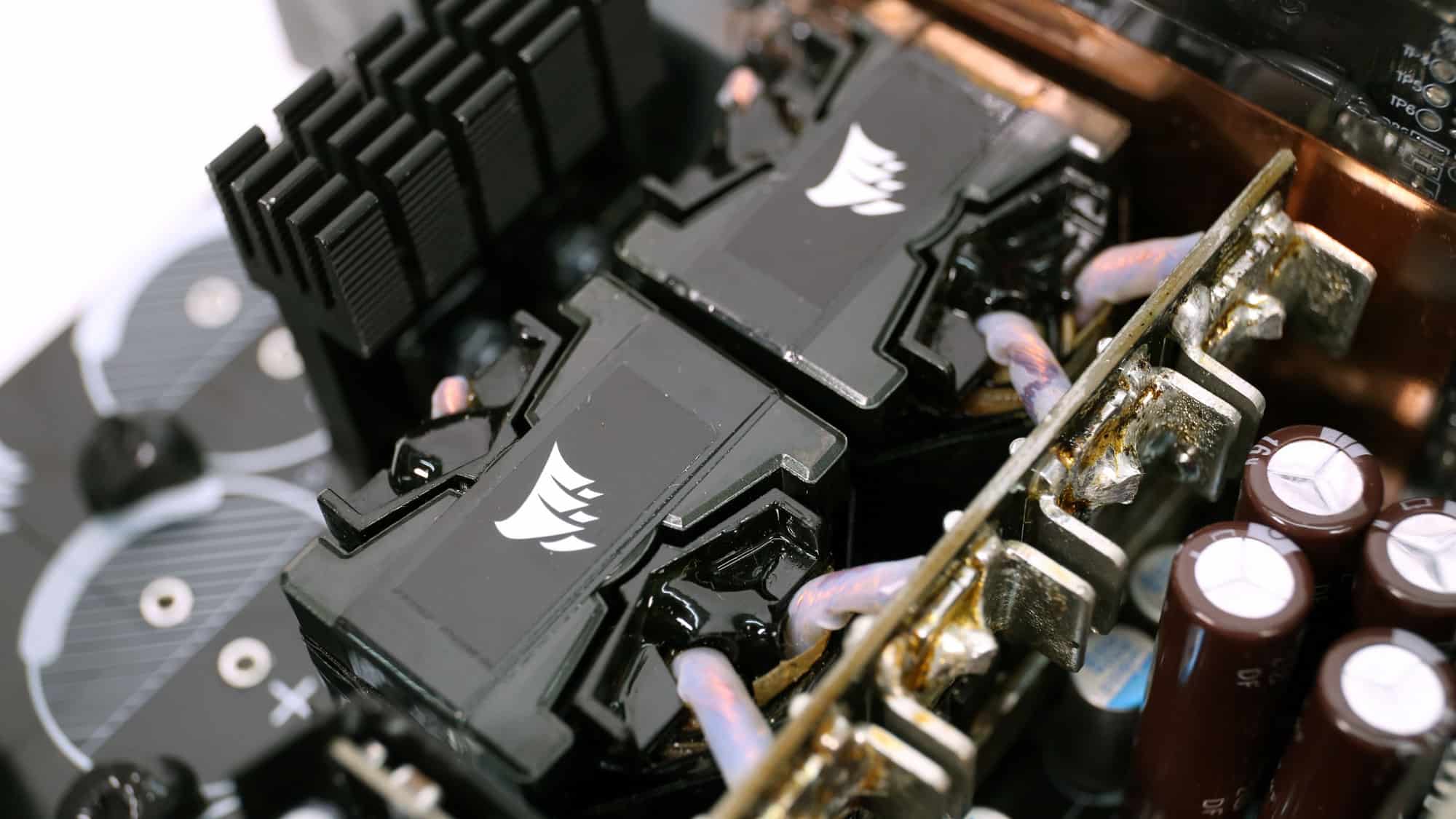
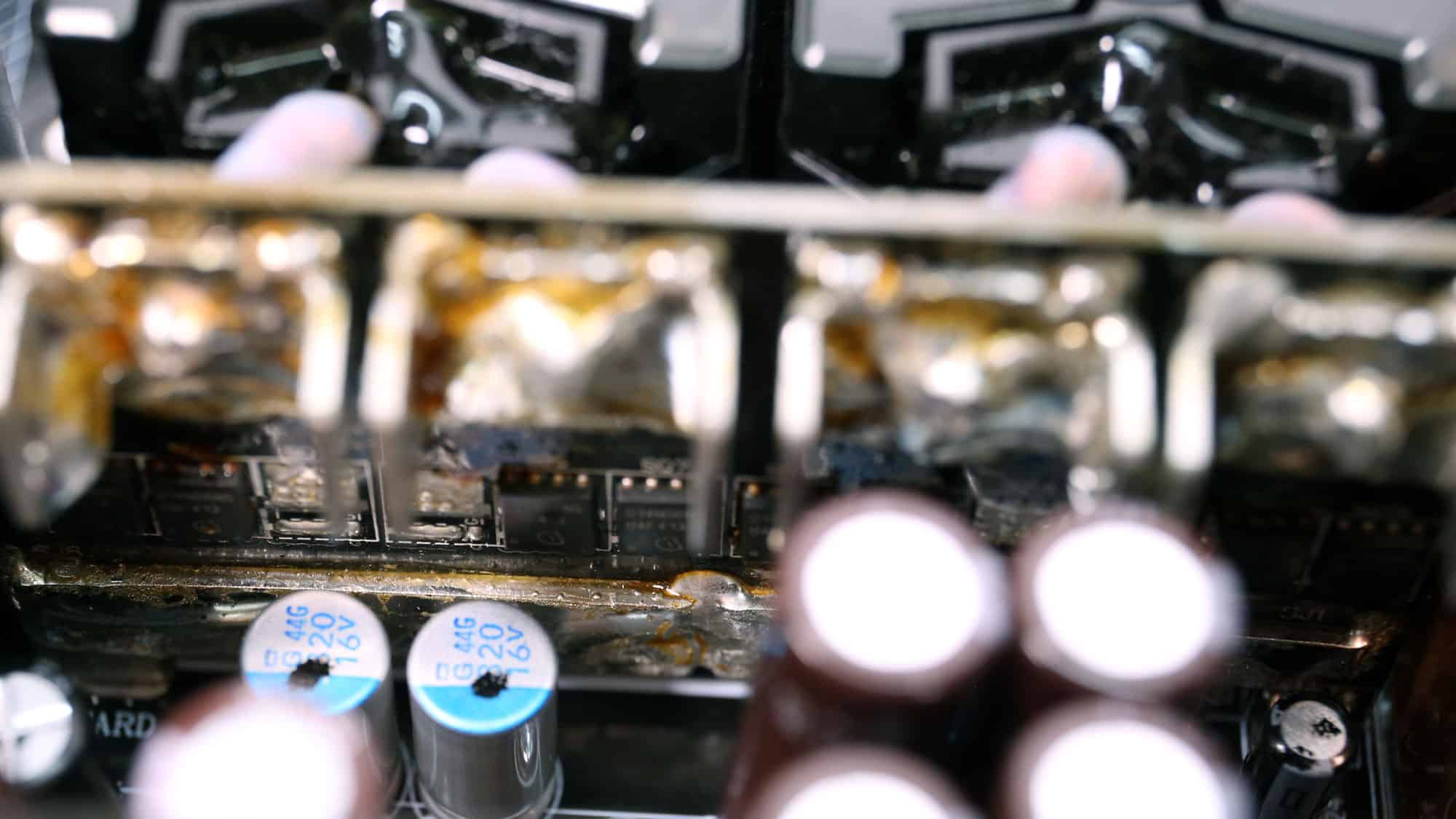
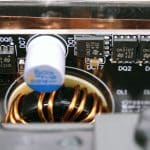
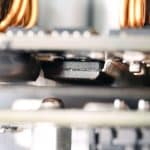
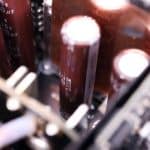
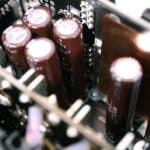
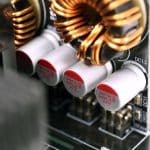
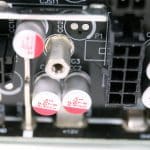
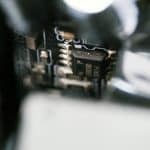
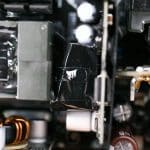
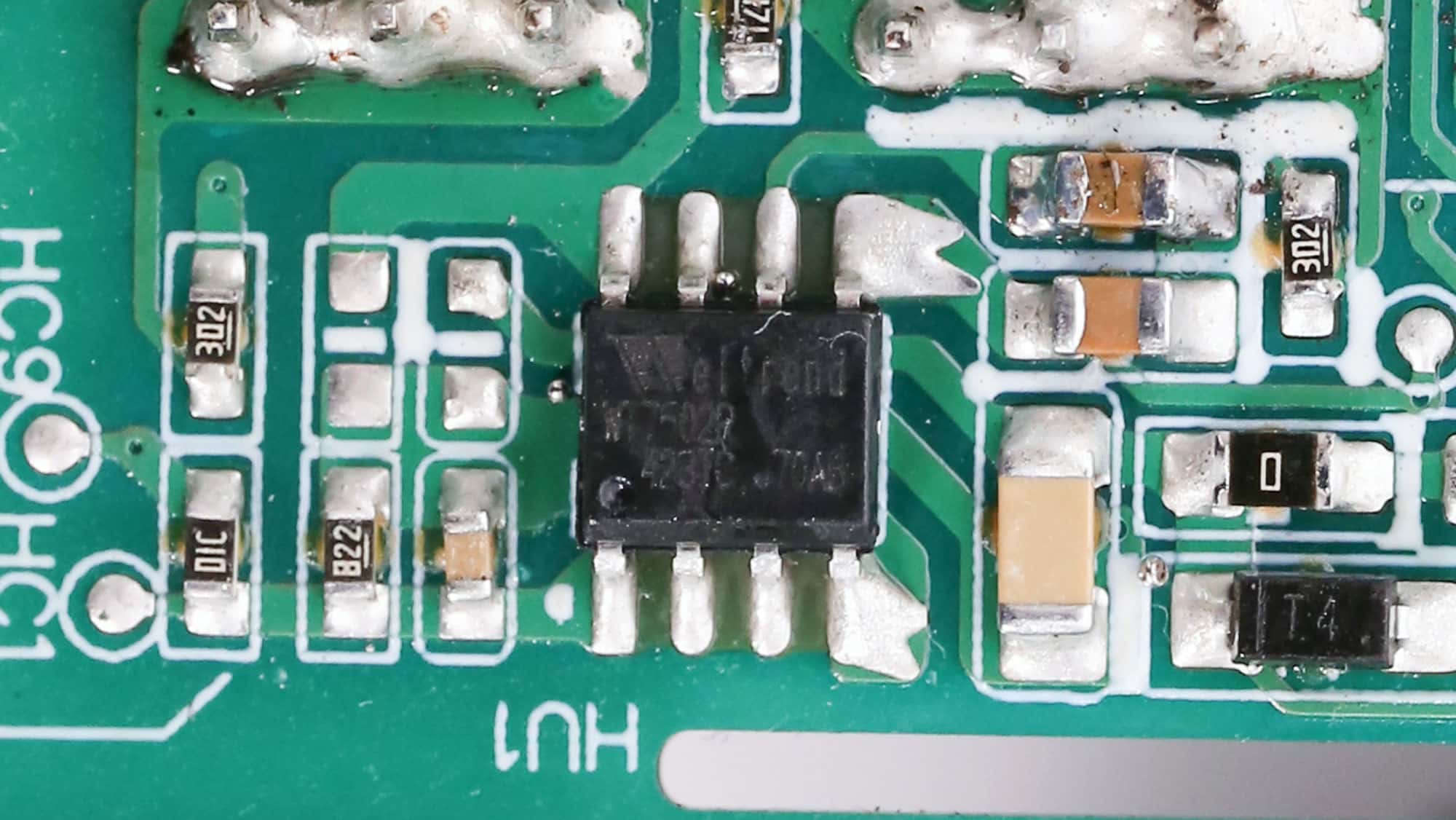
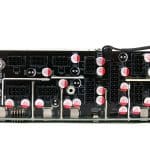
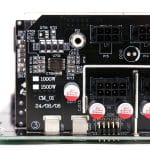
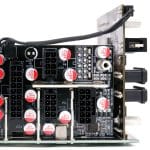
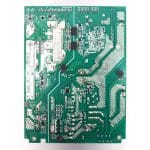
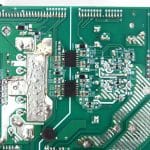
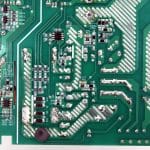
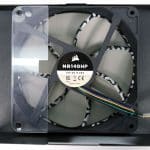
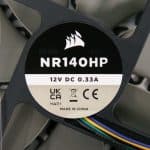

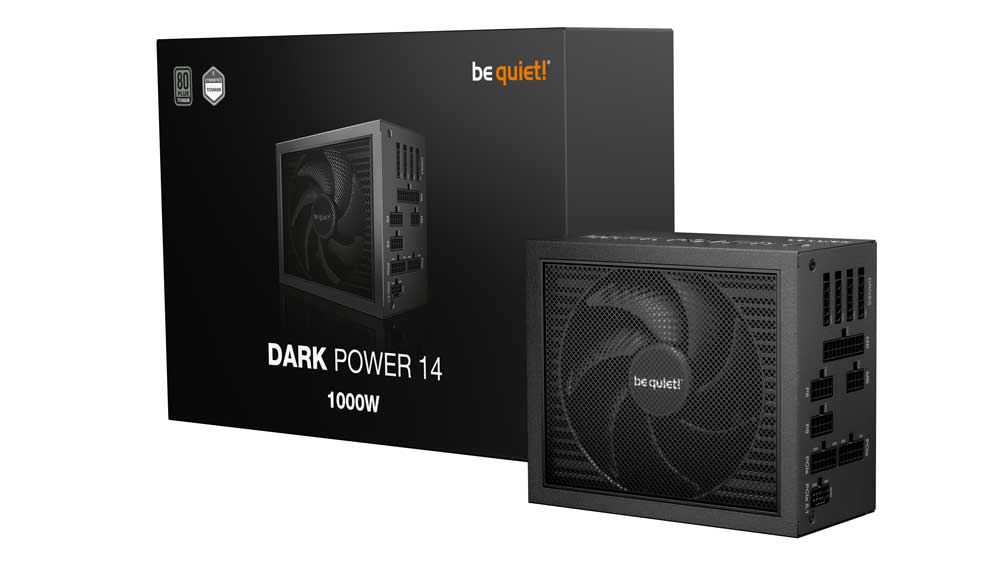
3rd page: *cooling fan is a Corsair NR140(H)P
newer model probably?
Next up is the flagship hxi1500 shift?
I have some issues with my review sample, working for new ones.
So the testing will be delayed?
a little bit yes